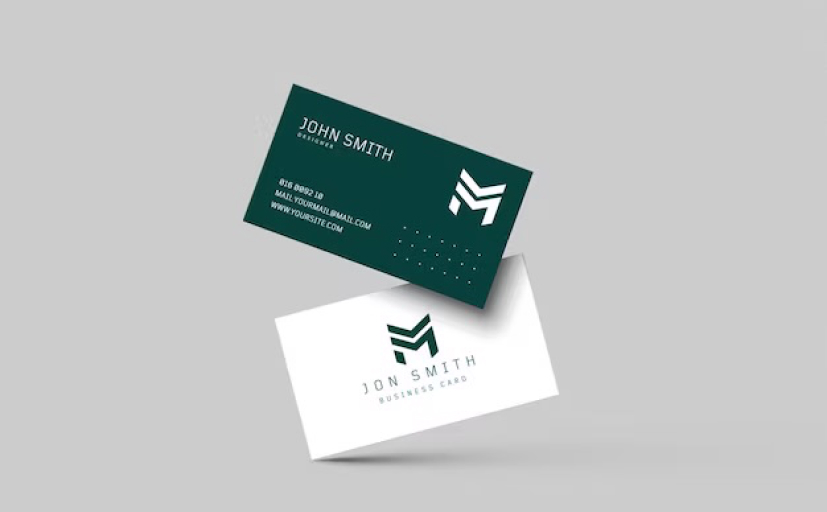In today’s fast-paced business world, first impressions matter more than ever. A well-designed name card (business card) can be a powerful tool to leave a lasting impression on potential clients, partners, and collaborators. Here’s a step-by-step guide to help you design an effective and professional name card.

1. Understand the Purpose
Before diving into the design, it’s crucial to understand what you want your name card to achieve. Is it to network, promote your business, or establish your personal brand? Clarifying the purpose will guide your design decisions.
2. Choose the Right Size and Shape
Traditionally, name cards are 3.5 x 2 inches, but you can stand out by choosing different shapes like square or rounded corners. Just ensure it’s convenient to carry and fits in a wallet.
3. Select Quality Materials
The quality of the paper or material you use speaks volumes about your brand. Opt for durable and high-quality cardstock. Consider finishes like matte, glossy, or even textured surfaces to add a touch of sophistication.
4. Incorporate Your Brand Identity
Your name card should reflect your brand’s identity. Use your brand colors, logo, and fonts consistently. This creates a cohesive look and makes your card instantly recognizable.
5. Keep It Simple and Readable
Simplicity is key in name card design. Ensure that all the text is easily readable. Use clear fonts and avoid clutter. Your name, job title, company name, and contact information should be prominently displayed.
6. Use High-Resolution Images
If you include any images or graphics, ensure they are of high resolution. Blurry or pixelated images can make your card look unprofessional.
7. Consider Special Finishes
Special finishes like embossing, foil stamping, or spot UV can add a unique touch to your name card. These finishes can make certain elements stand out, enhancing the overall look and feel.
8. Include Essential Information
A good name card typically includes:
– Your name
– Job title
– Company name and logo
– Phone number
– Email address
– Website
– Social media handles (if relevant)
9. Add a Call to Action
A subtle call to action (CTA) can encourage recipients to take the next step, such as visiting your website or contacting you for a consultation. Phrases like “Connect with me on LinkedIn” or “Visit our website for more info” can be effective.
10. Proofread and Test Print
Before printing a large batch, always proofread your name card for any errors. Additionally, print a few test cards to see how they look in real life. This step helps you catch any issues that might not be apparent on a computer screen.
11. Distribute Thoughtfully
Once your name cards are printed, distribute them strategically. Always carry a few with you and be ready to hand them out during networking events, meetings, or casual encounters.
Conclusion
Designing a good name card involves thoughtful consideration of various elements. By following these steps, you can create a name card that not only represents your brand effectively but also leaves a lasting impression on everyone you meet. Remember, a well-designed name card is a small investment that can yield significant returns in building professional relationships.

